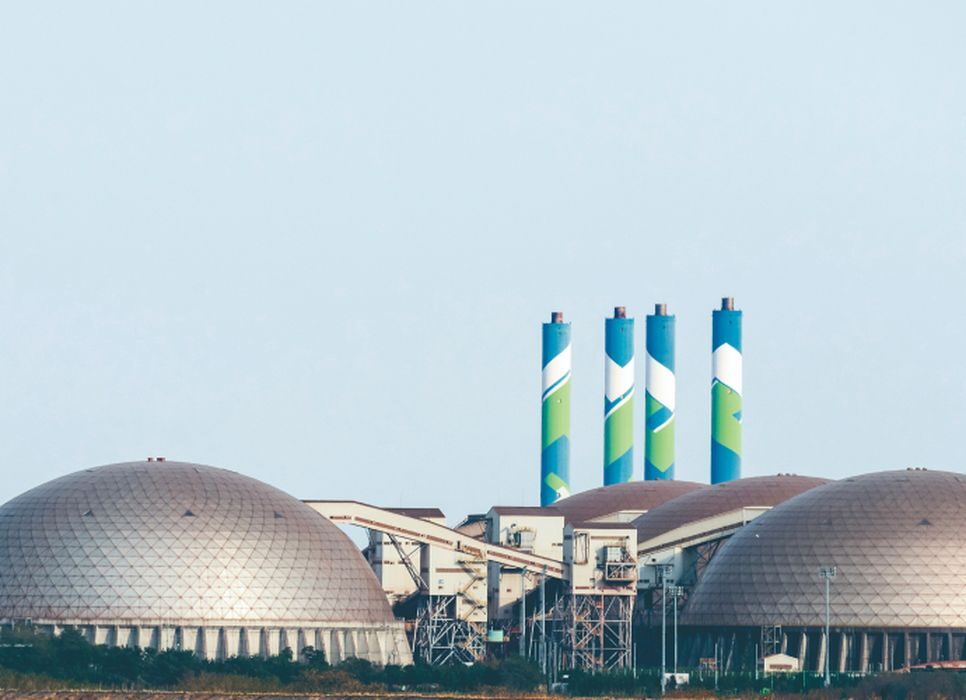
Charles R. Goulding and Preeti Sulibhavi divulge how Hyundai’s $20 billion investment in U.S. manufacturing facilities leverages advanced 3D printing technologies to drive innovation and enhance production efficiency.
Hyundai, a South Korean-based automobile manufacturer, is now making headlines with its ambitious US$20 billion investment in new U.S. automobile and steel manufacturing facilities. This expansion not only reinforces Hyundai’s presence in the American market but also highlights its growing commitment to advanced manufacturing techniques, including 3D printing. This is also a strategy Hyundai is taking to avoid the new 25% tariffs on all imported automobiles enacted by the new Administration just recently; a tactic, Trump said, was proof his tariff policies are working to create more US jobs.
Hyundai’s Vertical Integration: A Competitive Edge
Unlike most global automakers, Hyundai benefits from its vertically integrated structure, owning Hyundai Steel as a dedicated subsidiary. This strategic relationship mirrors Ford’s historic integration with the Rouge steel plant in Detroit, which once supplied materials directly for Ford’s vehicles.
Ford divested the Rouge steel business in 1989. The Rouge plant is now used in part to produce the Ford F-150. Hyundai Steel plays a similar role today, supplying critical materials for Hyundai, Kia, and Genesis vehicles. The company’s ability to control its steel supply chain gives Hyundai a unique advantage in design flexibility, innovation, and cost management.
The new steel plant in Louisiana is poised to enhance Hyundai’s material supply capabilities. Given Hyundai’s established expertise in 3D printing technologies, it’s likely that these new U.S. facilities will expand and implement additive manufacturing processes to improve product development and production efficiency.
Hyundai’s 3D Printing Innovations
Hyundai has steadily integrated 3D printing technologies across various business segments, leveraging additive manufacturing to improve vehicle performance, reduce costs, and streamline production. Below are four key examples of Hyundai and Hyundai Steel’s recent 3D printing applications:

1. Hyundai’s Genesis GV80 Crash Absorption Structure
Hyundai employed 3D printing to develop and optimize the crash absorption structure in the Genesis GV80 SUV. The redesigned component integrates complex lattice geometries that enhance energy absorption during collisions. By using 3D printing, Hyundai achieved weight reduction without compromising structural integrity, improving both safety and fuel efficiency. This innovation reflects Hyundai’s efforts to blend lightweight materials with advanced manufacturing techniques.
2. Hyundai Steel’s High-Strength Automotive Components
Hyundai Steel has developed a range of high-strength automotive components using 3D printing to create intricate mold designs and production tools. For example, Hyundai Steel employed 3D printing to improve the manufacturing process for its Ultra-High-Strength Steel Side Impact Beam, a critical safety component designed to protect passengers during side-impact collisions. By using 3D printed molds and fixtures, Hyundai Steel achieved improved precision in forming complex shapes while enhancing overall structural strength.
3. Hyundai’s Electric Vehicle (EV) Battery Cooling System
In the rapidly growing EV market, Hyundai has leveraged 3D printing to improve battery cooling technology. For its Ioniq 5 model, Hyundai utilized 3D printed cooling channels integrated into the battery pack structure. These precisely engineered cooling pathways improve thermal regulation, extending battery life and improving vehicle performance. The ability to create custom cooling systems using 3D printing allows Hyundai to enhance energy efficiency and safety in its electric vehicle lineup.
4. Hyundai Steel’s Customized Exhaust Manifolds
To improve exhaust system efficiency and reduce emissions, Hyundai Steel has utilized 3D printing to develop custom exhaust manifold designs for Hyundai’s hybrid and performance vehicle lines. These intricate manifolds are optimized for gas flow efficiency, reducing backpressure and improving engine performance. The use of 3D printing allows Hyundai Steel to produce these complex components with minimal material waste while enhancing durability.

The Role of 3D Printing in Hyundai’s U.S. Expansion
With Hyundai’s US$20 billion investment in new U.S. manufacturing facilities, there is significant potential for the integration of advanced 3D printing technologies. Hyundai’s established expertise in additive manufacturing aligns with trends in modern automotive production, where rapid prototyping, lightweight materials, and customized parts are increasingly essential.
Hyundai’s expansion into Louisiana with a new steel plant further underscores the potential for 3D printing advancements. By developing next-generation steel materials optimized for additive manufacturing, Hyundai Steel can deliver enhanced performance components directly to Hyundai’s U.S. vehicle assembly plants.
The Research & Development Tax Credit
The now permanent Research and Development (R&D) Tax Credit is available for companies developing new or improved products, processes and/or software.
3D printing can help boost a company’s R&D Tax Credits. Wages for technical employees creating, testing and revising 3D printed prototypes are typically eligible expenses toward the R&D Tax Credit. Similarly, when used as a method of improving a process, time spent integrating 3D printing hardware and software can also be an eligible R&D expense. Lastly, when used for modeling and preproduction, the costs of filaments consumed during the development process may also be recovered.
Whether it is used for creating and testing prototypes or for final production, 3D printing is a great indicator that R&D Credit-eligible activities are taking place. Companies implementing this technology at any point should consider taking advantage of R&D Tax Credits.
Conclusion
Hyundai’s investment in U.S. manufacturing represents a bold step forward in automotive and steel production. With extensive experience in 3D printing technology, Hyundai and Hyundai Steel are well-positioned to lead innovation in key areas such as crash protection, battery systems, and performance parts. As the company expands its footprint in North America, its commitment to advanced manufacturing techniques will likely play a pivotal role in delivering safer, more efficient, and sustainable vehicles to the market.
